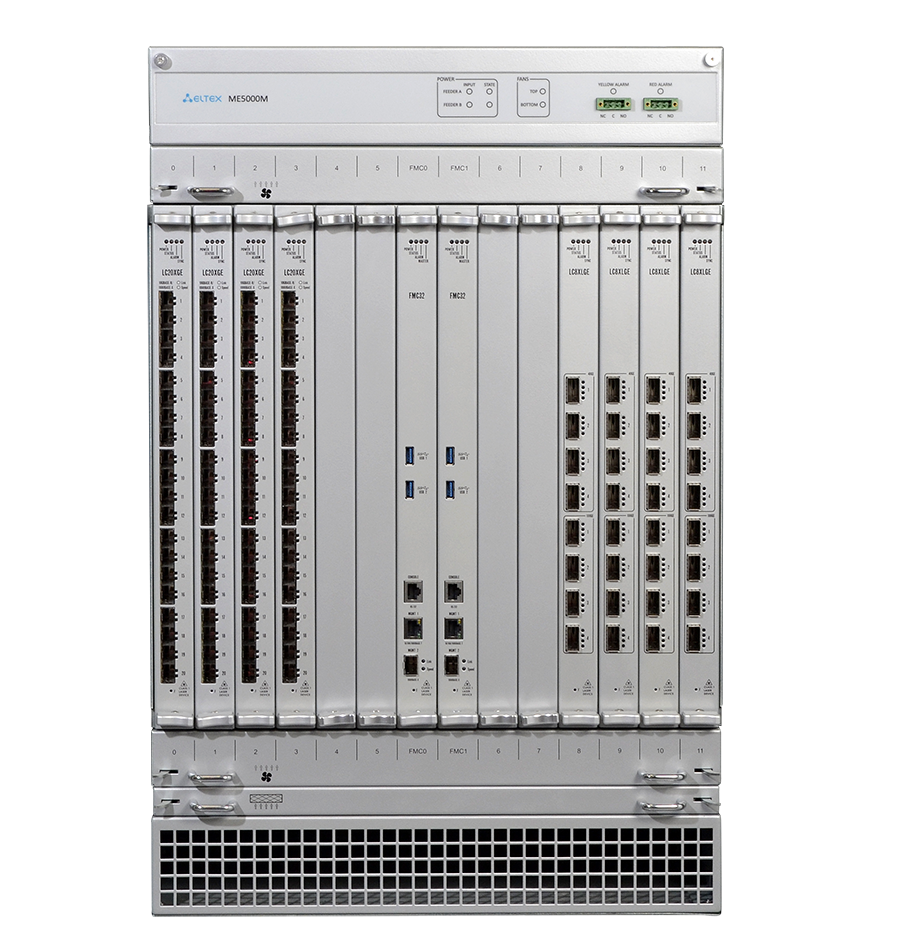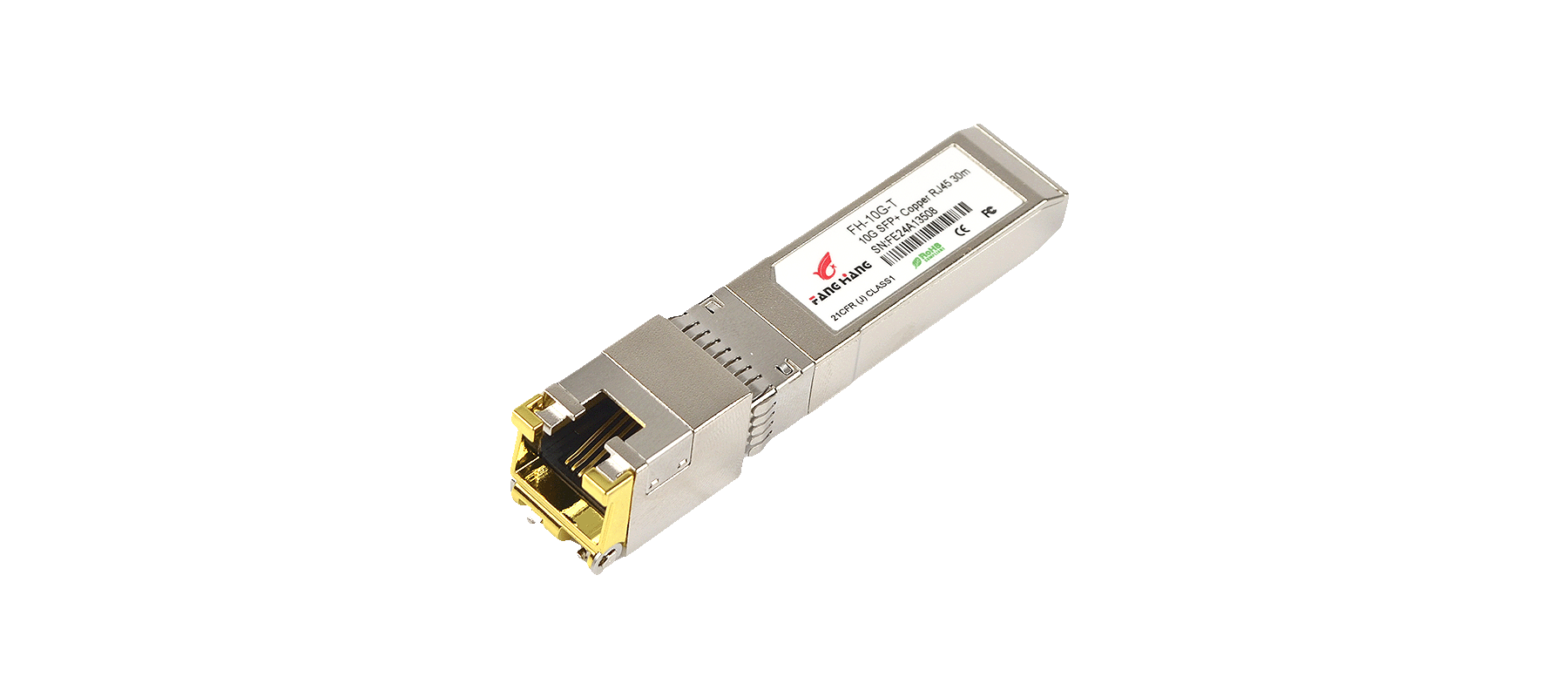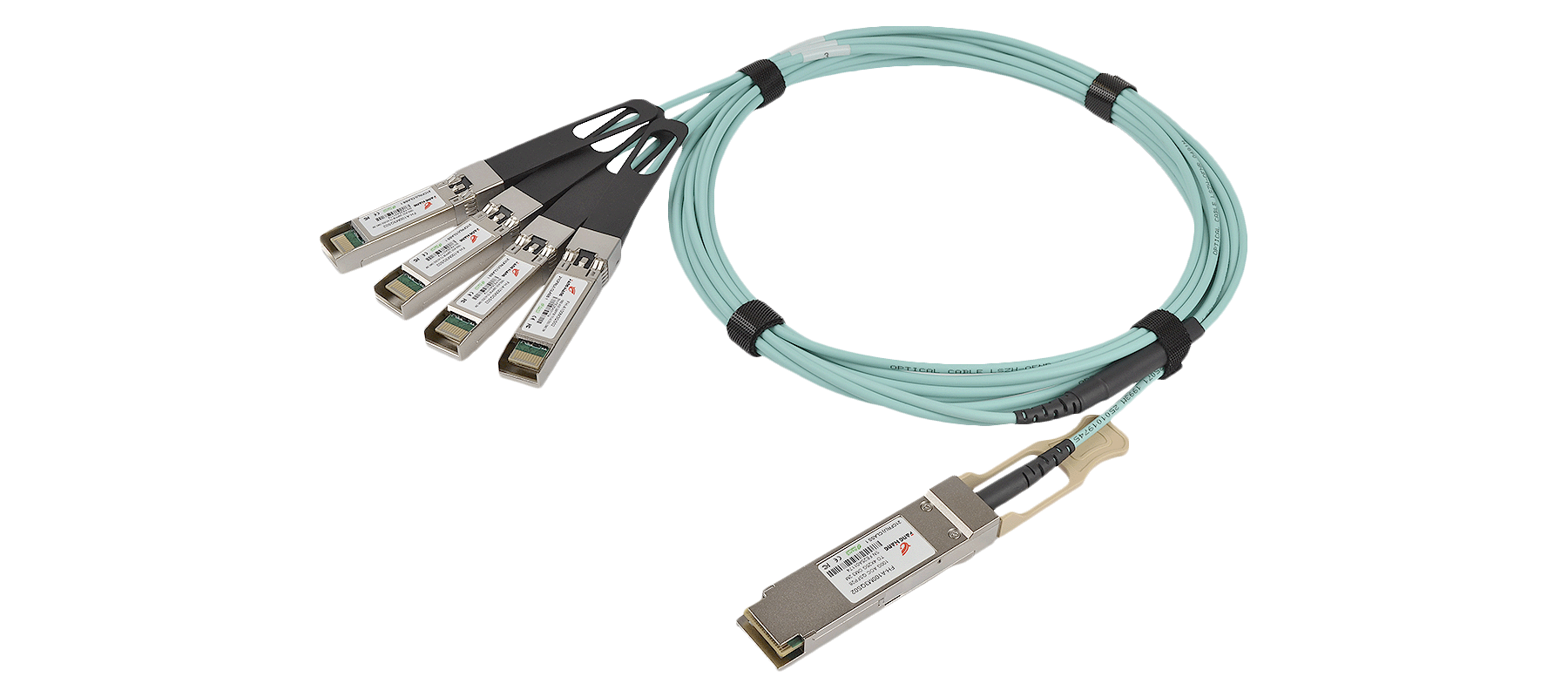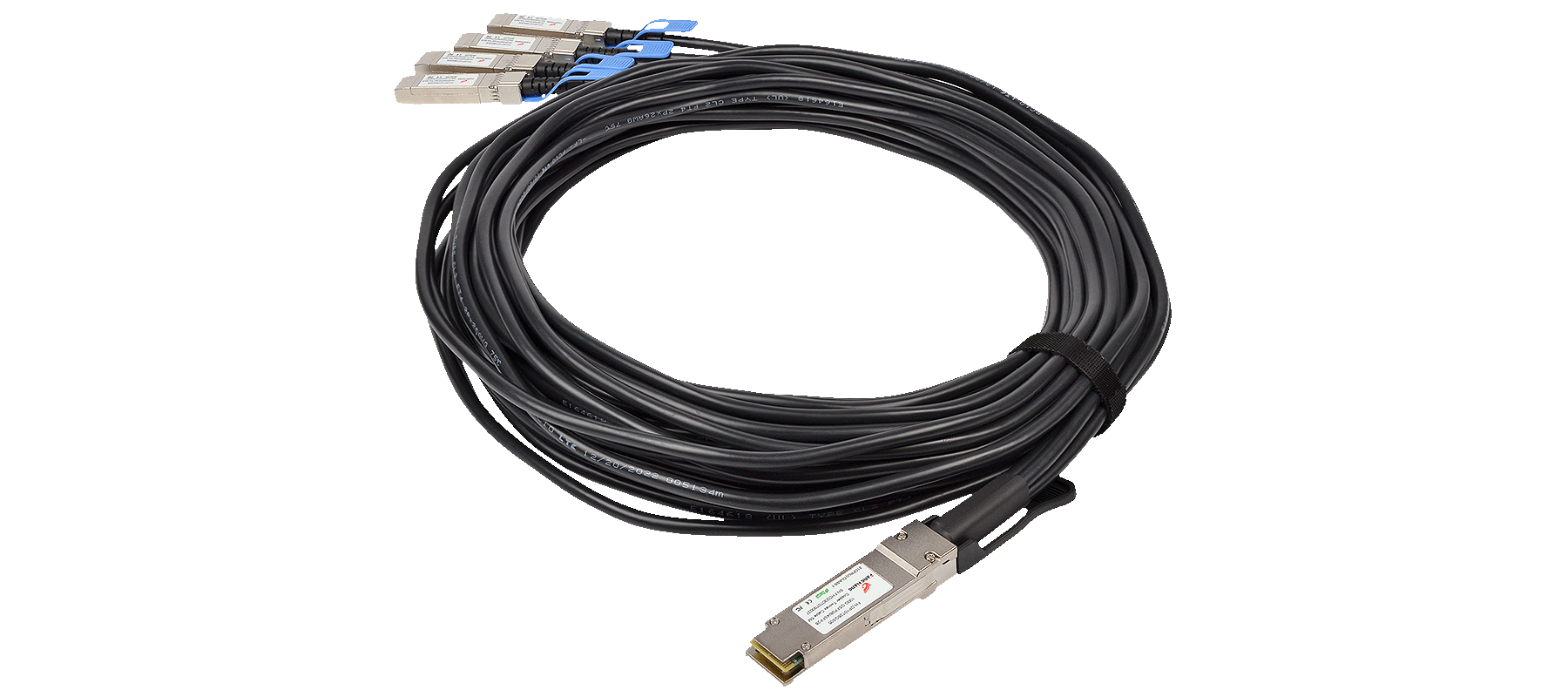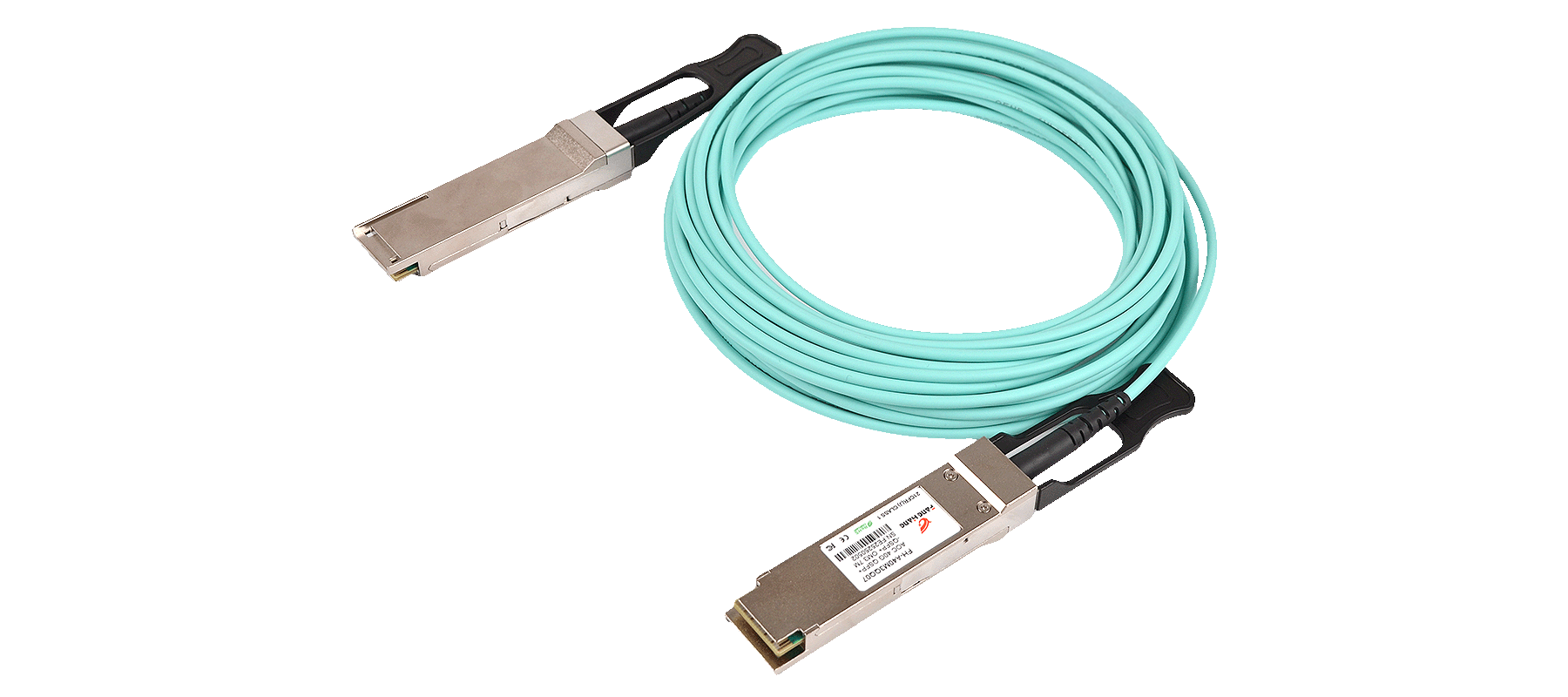MPLS router ME5000M
- Performance:
- 3.06 Tbps
- Interface cards:
- up to 12
- 10G Interface card:
- 20x10G SFP+
- 40G/100G Interface card:
- 4x40G QSFP+, 4x100G/ 40G QSFP28


Description
MЕ5000M routers are multifunctional devices with a high port density intended for use in provider networks as aggregation routers and IP/MPLS network edge routers. MЕ5000M is a cost-effective, reliable and high-performance solution which can be used to organize operator’s points of presence when providing data services for large customers with high reliability requirements.
MЕ5000M is a part of ME5000-series routers with a unified software and management interfaces. MЕ5000M supports all functionality of ME5000-series routers such as MPLS switching mechanisms, including MPLS (Kompella/Martini), VPWS with pseudowire backup , Layer3 VPN, VPLS capabilities Multicast-traffic routing with support for SSM/MSDP/Anycast PIM , PIM-SM/PIM protocols as well as extensive QoS capabilities. This set of functions allows to use devices as network edge routers for termination of client services.
ME5000M modular architecture provides flexible scaling and the ability of hardware configuration for various requirements both in terms of bandwidth and types of network interfaces. The router modules are installed into standard 19" eurorack 15U. The chassis has 2 slots for fabric and management cards (FMC) and 12 slots for line cards (LC).
Fault tolerance of devices is ensured by redundant power supply "1+1" (the chassis is equipped with 2 DC feeders -48V) and by redundant fan modules.All redundant units including fabric and management cards, line cards are hot-swappable.

Specifications
- Performance:
- 3.06 Tbps
- Interface cards:
- up to 12
- MPLS Protocols:
- LDP, RSVP-TE
- Multicast:
- PIM-SM, PIM-SSM, IGMP, NG-MVPN
- Hierarchical QoS
- Routing:
- PIM, OSPF, IS-IS, BGP, BFD, VRF
- Power supply:
- DC
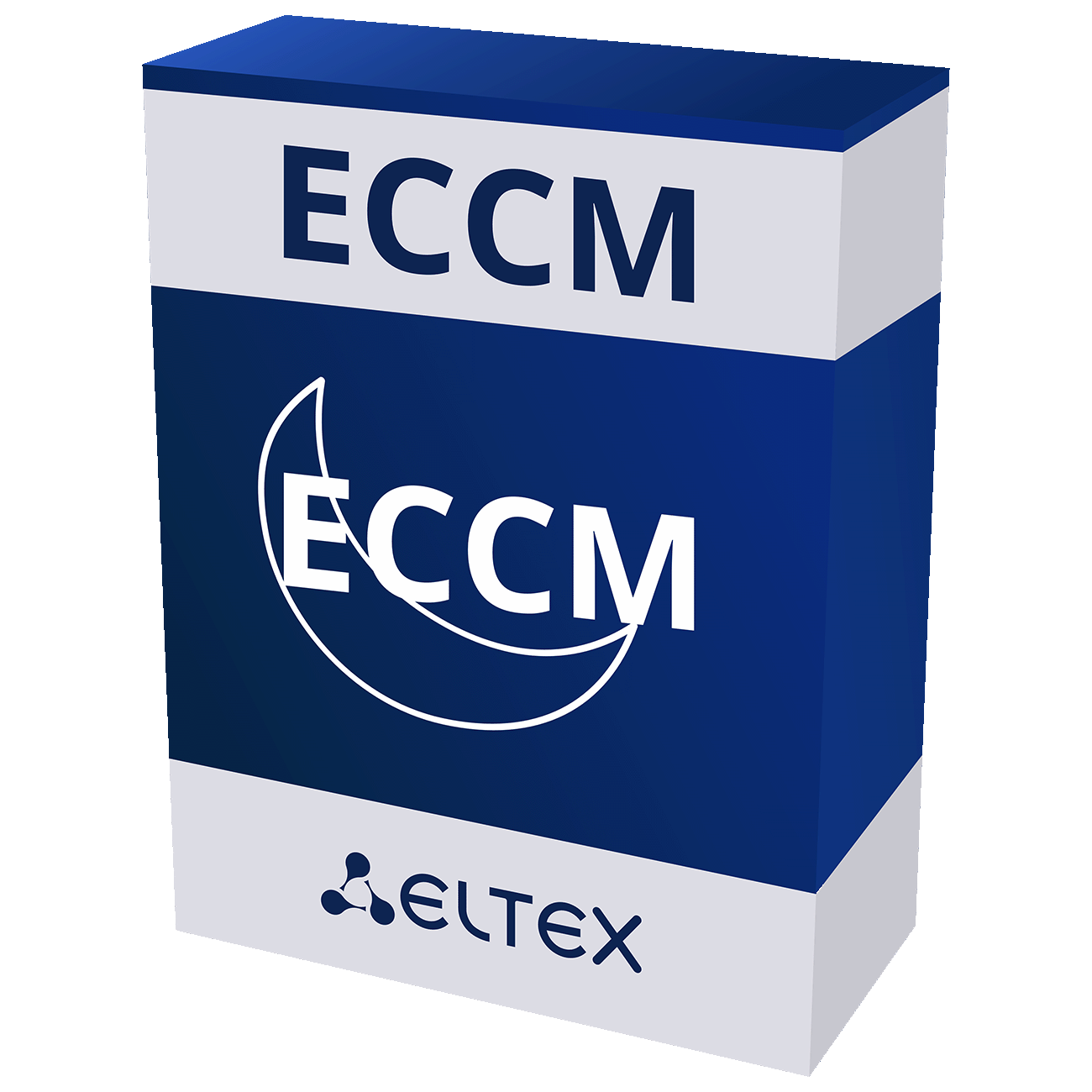
Related products



